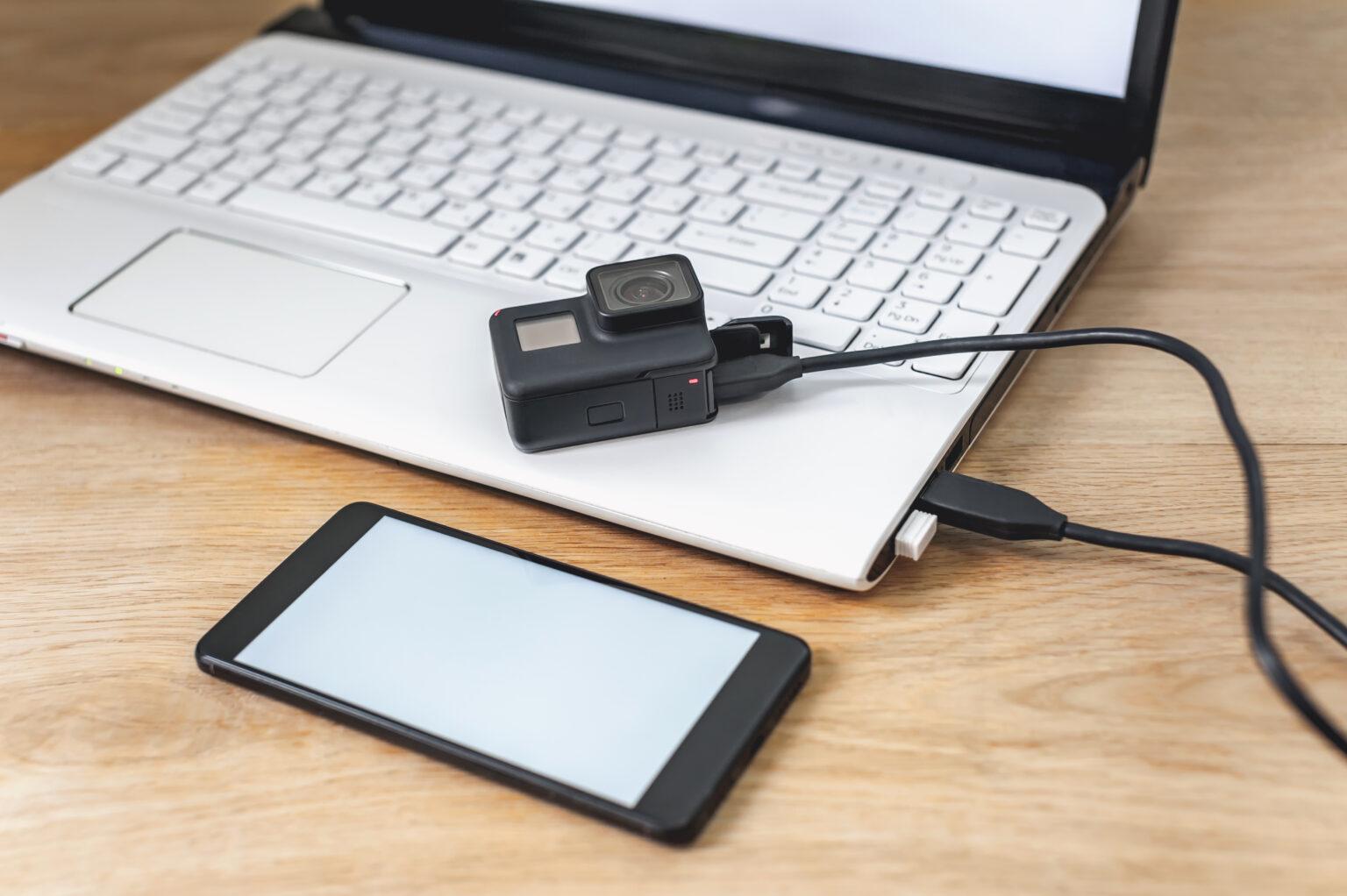Introduction: In today's rapidly evolving world, technological integration has become indispensable across various industries, with the medical field standing at the forefront of this paradigm shift. One technological marvel making waves in healthcare is the plug-and-play USB camera. This compact yet potent device has become a transformative force in patient care, diagnostics, and telemedicine. This article explores the pivotal role of plug-and-play USB cameras in healthcare and the far-reaching impact they have had.
Advantages of Plug-and-Play USB Cameras:
-
Ease of Use and Portability: Plug-and-play USB cameras eliminate the need for additional power sources, seamlessly connecting to any compatible device with a USB port. Their compact size and portability make them a convenient imaging tool for healthcare professionals, ensuring accessibility in diverse medical settings.
-
Compatibility with Existing Systems: These cameras offer remarkable compatibility with current medical systems, effortlessly integrating into electronic health records (EHR) systems, telemedicine platforms, and other software used by healthcare institutions.
-
Cost-Effective Solution: Unlike traditional medical imaging devices that often come with hefty price tags and maintenance costs, plug-and-play USB cameras provide a cost-effective alternative without compromising image quality.
-
Versatile Applications: With a broad range of applications in the medical field, these cameras prove invaluable for telemedicine consultations, wound care documentation, dental examinations, remote patient monitoring, and even surgical assistance.
Use Cases of USB Cameras in Medical Solutions:
-
Compact Imaging Marvel - UVC Camera: Also known as a UVC camera, this compact imaging marvel features a built-in USB connector, effortlessly connecting to computers, laptops, or tablets. Healthcare professionals can use it to capture high-quality images, record videos, and stream live events. Advanced features like autofocus, zoom capabilities, and adjustable resolutions ensure precise visual documentation.
-
Enhanced Telemedicine Capabilities: Plug-and-play USB cameras have revolutionized telemedicine, enabling remote consultations with healthcare experts. Patients can securely transmit real-time video feeds of their symptoms or injuries, allowing doctors to assess conditions and provide immediate guidance. This has significantly improved healthcare accessibility, especially in rural areas and during global health crises.
-
Efficient Diagnosis and Treatment: Accurate diagnosis is paramount in healthcare, and plug-and-play USB cameras contribute significantly to this process. Cameras like the Vadzo Autofocus 4K USB camera capture high-resolution images and videos, aiding doctors in comprehensive and detailed understanding. Whether in dermatology or ophthalmology, USB cameras offer a hassle-free method of capturing images for precise diagnosis and treatment planning.
-
Improved Patient Education and Engagement: USB cameras play a vital role in patient education and engagement by visually capturing conditions or procedures. Doctors can use images and videos to explain complex medical concepts, making information more comprehensible for patients. This, in turn, enhances patient understanding and encourages active participation in their treatment journey.
To know more on USB Cameras and how to select the USB Cameras for medical solutions, please visit: Relevance of Plug and Play USB cameras in Medical Solutions.

